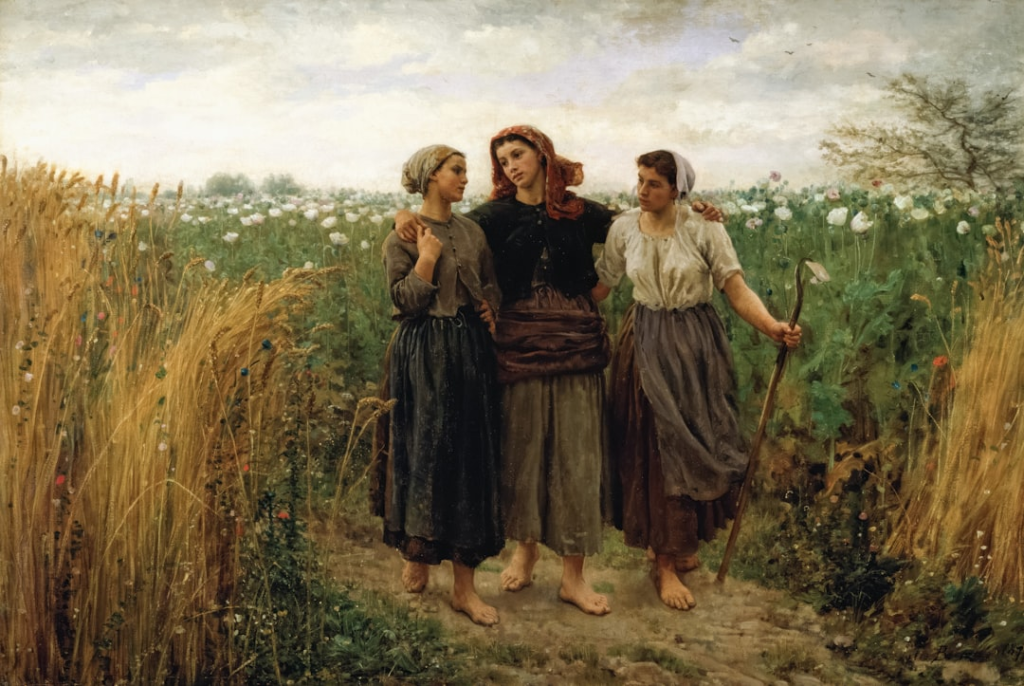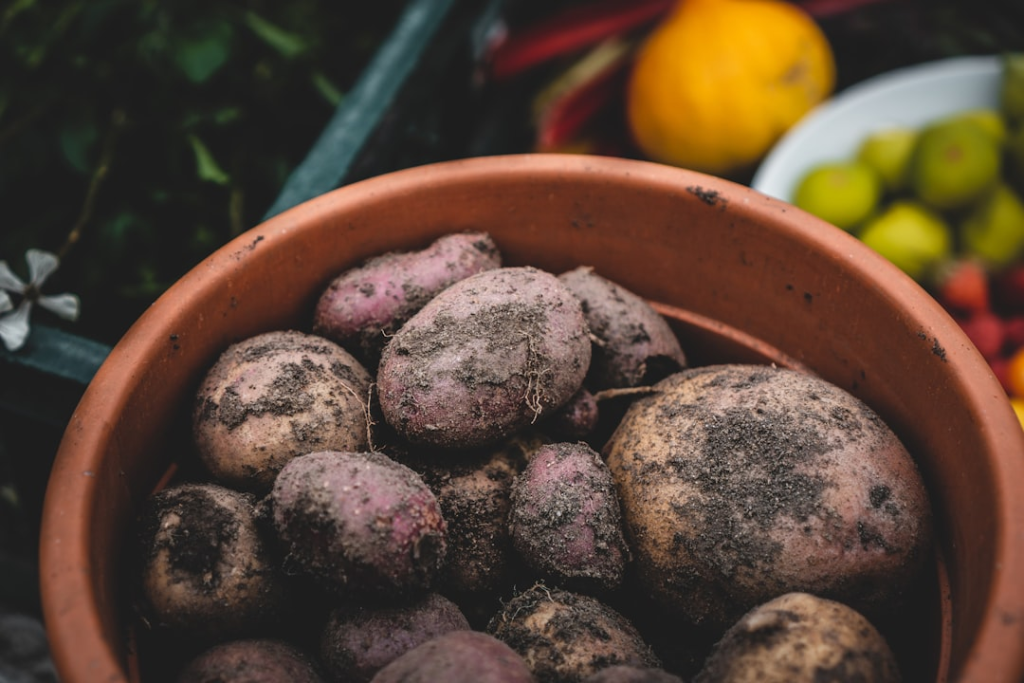The Farmers’ Almanac is more than a book — it’s a long-standing tradition that has guided farmers, gardeners, and weather watchers for generations. Each year, it offers valuable insights, from weather forecasts to gardening tips, making it a go-to guide for anyone connected to the land.
This article explains what the Farmers’ Almanac is, how it predicts the weather, and why its moon phases matter for planning. Whether you’re a seasoned farmer or a curious beginner, this guide will help you get the most out of the Farmers’ Almanac.

What Is the Farmers’ Almanac?
First published in 1818, the Farmers’ Almanac is an annual guide filled with long-range weather predictions, moon calendars, gardening advice, and fun facts.
It combines science, folklore, and practical knowledge to help readers plan their agricultural activities, outdoor events, and daily routines. Over time, it has become both a tool and a tradition in rural America.
A Brief History
Before modern weather technology, farmers relied heavily on the Farmers’ Almanac to plan planting and harvesting. Its early forecasts were based on solar patterns, climate trends, and meteorology — some of the first forms of long-term weather prediction.
Blending science with folk wisdom, the almanac earned a trusted place on shelves across the country.
How Does the Farmers’ Almanac Predict Weather?
The Farmers’ Almanac uses a secret formula created by its first editor, David Young, in 1818. This formula considers factors such as sunspot activity, the Moon’s tidal influence, and planetary positions.
Editors claim it helps them make predictions up to two years in advance — and while not perfect, many readers still find its forecasts surprisingly accurate.
Farmers’ Almanac Winter Forecast
Every year, the Farmers’ Almanac releases its much-anticipated winter forecast. It gives a broad outlook on expected temperatures and precipitation.
Although not 100% precise, many people use it as a planning tool — from farmers preparing crops to homeowners winterizing their properties.
The Role of Moon Phases
Moon phases are an important part of the Farmers’ Almanac, especially for gardeners and anglers. The almanac’s lunar calendar shows how each phase affects planting, fishing, and other outdoor tasks.
Gardening and Moon Phases
Many gardeners believe the Moon influences plant growth. The Farmers’ Almanac suggests planting above-ground crops during the waxing Moon and root crops during the waning Moon.
This method, rooted in centuries of observation, is thought to enhance plant health and yields.
Fishing and Moon Phases
The almanac’s lunar calendar also helps anglers choose the best fishing days. Fish tend to be more active during certain lunar phases, so using the calendar can increase your chances of success.
How to Use the Farmers’ Almanac
To get the best results, here are some simple ways to use the Farmers’ Almanac:
- Check the Weather Forecasts: Use long-range predictions to plan events or farm work. Remember, forecasts are general, not regional.
- Follow Gardening Tips: Align your planting with Moon phases and seasonal guides for better results.
- Watch Astronomical Events: Track meteor showers, eclipses, and full Moons with the almanac’s sky calendar.
- Enjoy the Extras: Explore folklore, jokes, and trivia scattered throughout the pages — they make the experience fun as well as informative.

by Jonathan Kemper (https://unsplash.com/@jupp)
Conclusion
The Farmers’ Almanac remains a timeless resource for anyone who values the wisdom of nature. With its blend of forecasts, moon cycles, and practical tips, it helps readers plan smarter and live in rhythm with the seasons.
Whether you’re planting your first garden, preparing for winter, or simply curious about the night sky, the Farmers’ Almanac offers a trusted guide to understanding the natural world.



